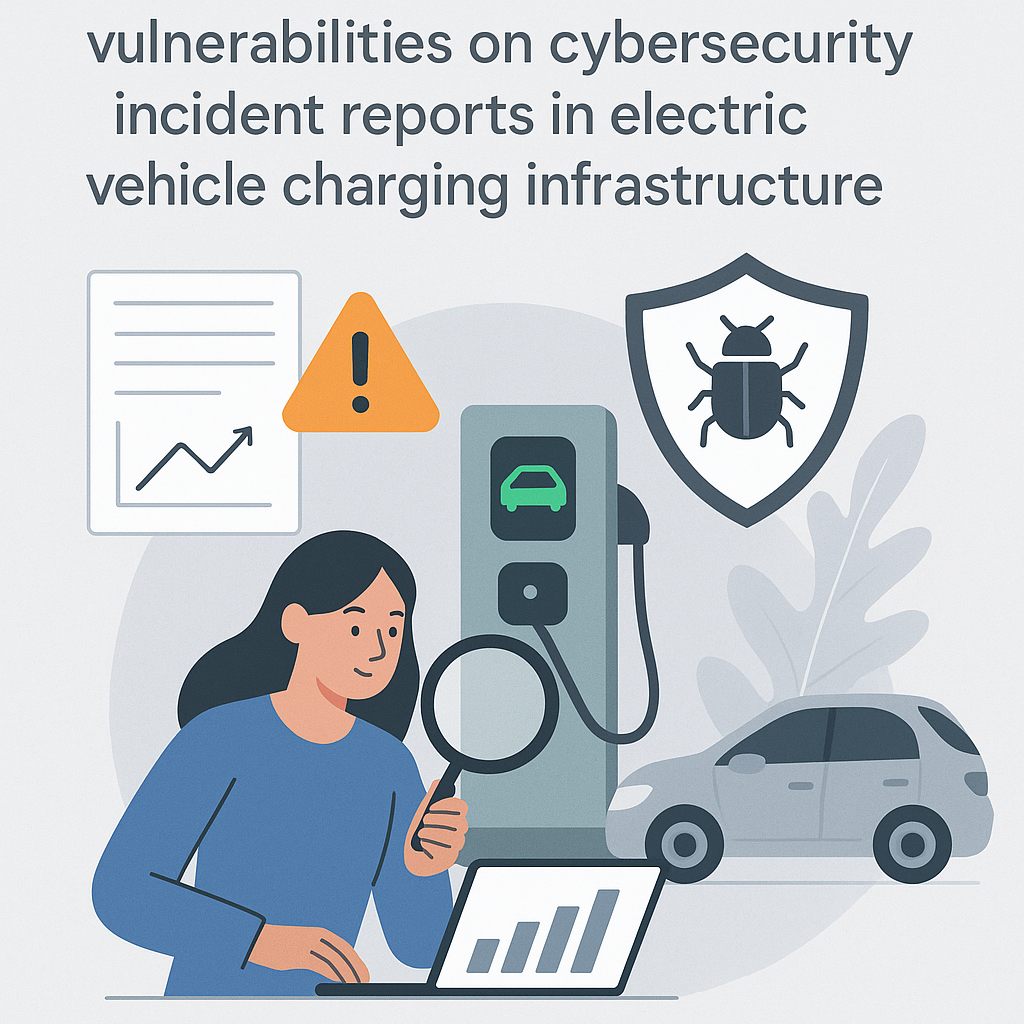Introduction
The rapid evolution of electric vehicle (EV) technology has brought about significant advancements in charging infrastructure. However, with the increasing reliance on Over-The-Air (OTA) firmware updates for maintaining and enhancing the security of these systems, vulnerabilities have emerged that pose serious risks. This blog post analyzes the impact of recent OTA firmware vulnerabilities on cybersecurity incident reports within the context of electric vehicle charging infrastructure.
Understanding OTA Firmware Updates
OTA firmware updates are crucial for keeping electric vehicle charging systems secure and operational. These updates allow manufacturers to:
- Fix bugs and vulnerabilities
- Enhance functionality
- Implement new features seamlessly
While these updates offer numerous benefits, they also create potential entry points for cybercriminals.
Recent Vulnerabilities in OTA Firmware
Recent incidents have highlighted serious vulnerabilities within OTA firmware systems. Some notable examples include:
- Unauthorized Access: Attackers exploiting weak authentication protocols to gain access to charging stations.
- Data Manipulation: Vulnerabilities that allow for the manipulation of transaction data, leading to financial loss for users and providers.
- Denial of Service (DoS): Attacks that disrupt charging services, rendering them inoperable.
These vulnerabilities can stem from inadequate testing, outdated security measures, or poor implementation of security protocols.
Impact on Cybersecurity Incident Reports
The rise of OTA firmware vulnerabilities has had a significant impact on cybersecurity incident reports related to EV charging infrastructure. Key effects include:
- Increased Incident Frequency: A noticeable uptick in reported incidents associated with compromised firmware has been observed.
- Severity of Attacks: Attacks have become more sophisticated, often involving multiple vectors and targeting critical infrastructure.
- Regulatory Scrutiny: Regulatory bodies are increasing their focus on cybersecurity measures in the EV sector, leading to tighter compliance requirements.
Case Studies of Cybersecurity Incidents
To better understand the implications of these vulnerabilities, let’s consider a few case studies:
- Case Study 1: A major EV charging network reported a breach where hackers exploited OTA update mechanisms to alter charging rates, resulting in significant financial loss.
- Case Study 2: A utility company faced a cyberattack that targeted its charging infrastructure, leading to widespread service outages and public backlash.
These incidents underscore the need for robust security measures and proactive incident response strategies.
Mitigation Strategies
To counter the risks associated with OTA firmware vulnerabilities, several mitigation strategies can be employed:
- Regular Security Audits: Conducting frequent security assessments to identify and remediate vulnerabilities.
- Strong Authentication Protocols: Implementing multi-factor authentication and strong password policies for access to firmware updates.
- Real-Time Monitoring: Utilizing advanced monitoring solutions to detect and respond to suspicious activities swiftly.
- Education and Training: Providing ongoing training for personnel on cybersecurity best practices and the importance of secure firmware management.
Conclusion
The increasing reliance on OTA firmware updates for electric vehicle charging infrastructure presents both opportunities and challenges. While these updates are essential for maintaining system integrity and enhancing functionality, they also introduce significant cybersecurity risks. The impact of recent vulnerabilities on incident reports highlights the urgent need for robust security measures and proactive incident response strategies. By implementing comprehensive security protocols and fostering a culture of cybersecurity awareness, stakeholders in the EV charging sector can better safeguard their systems against emerging threats.



